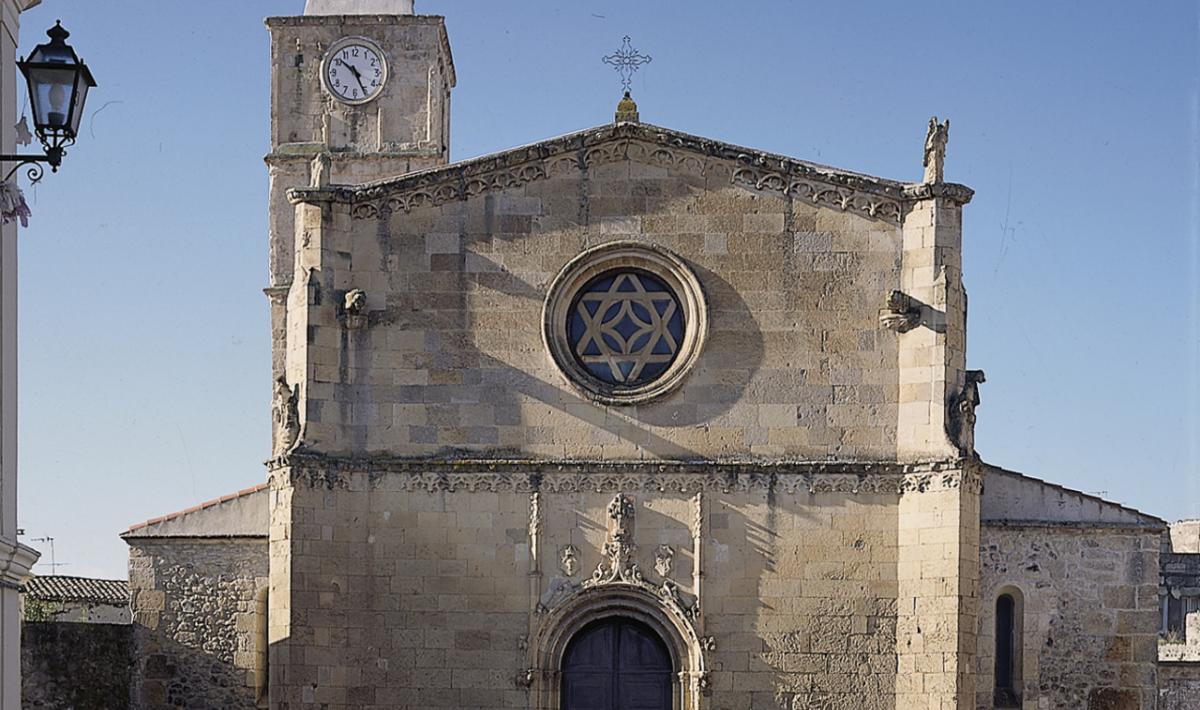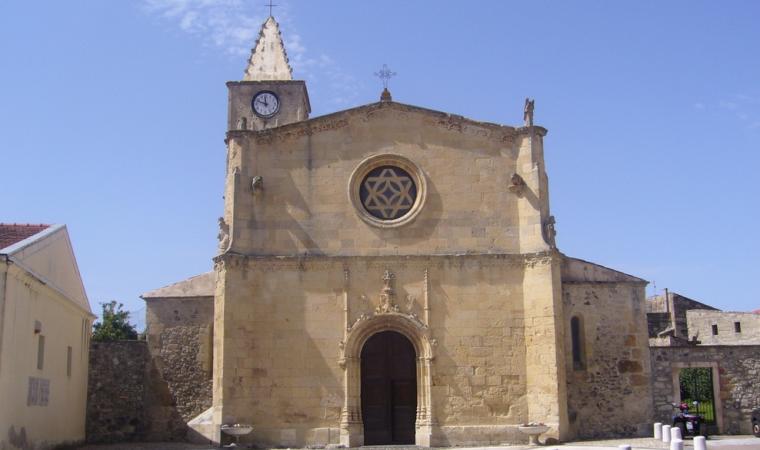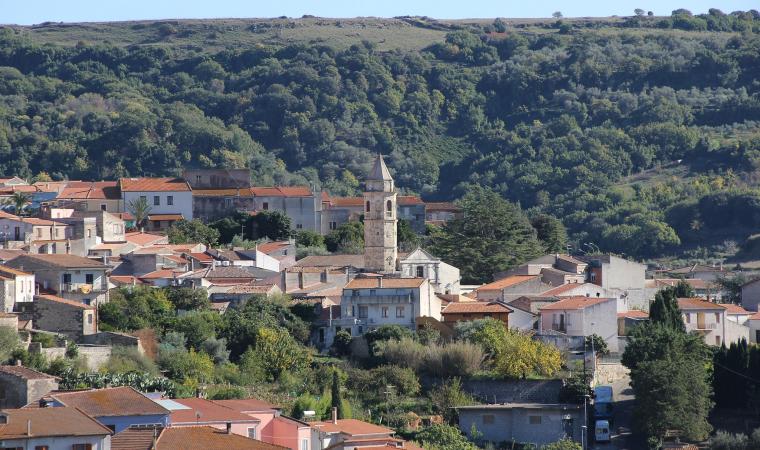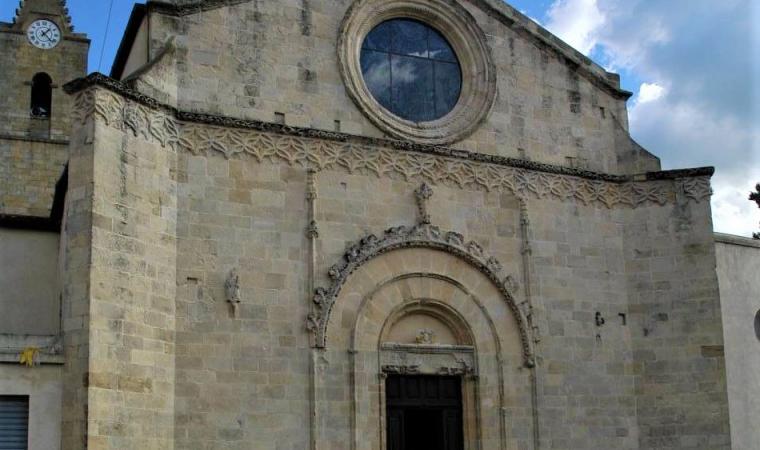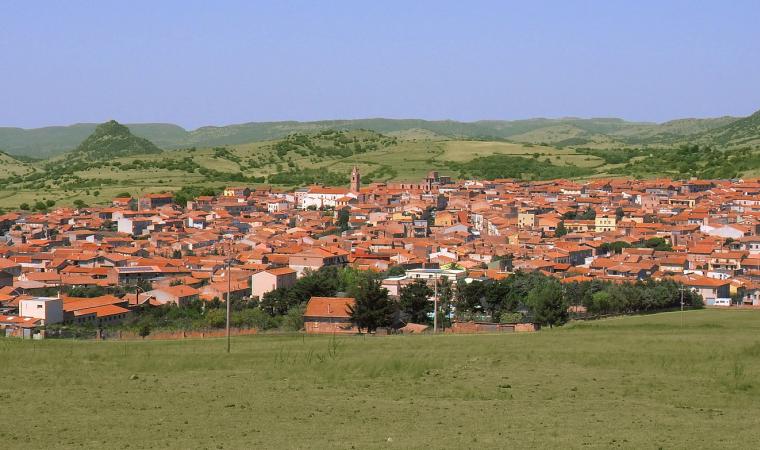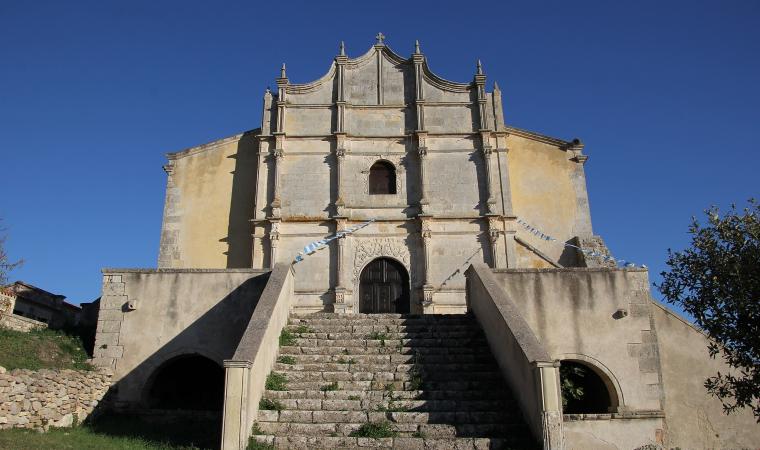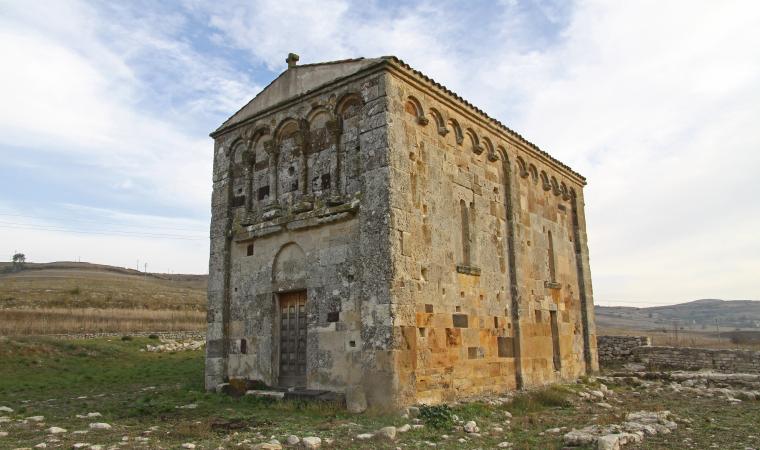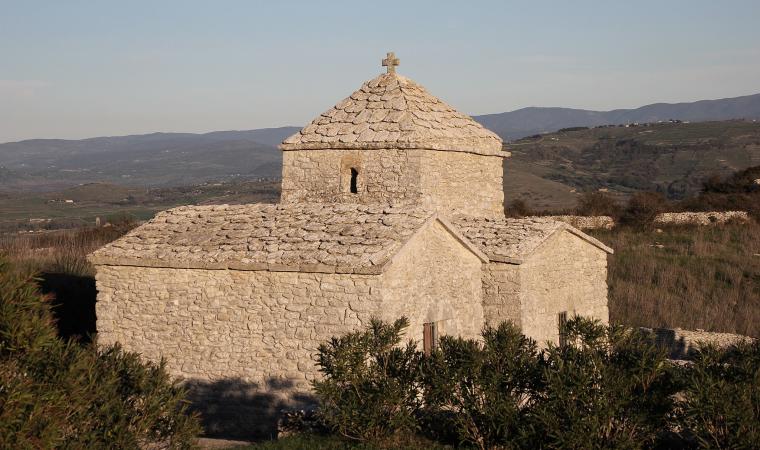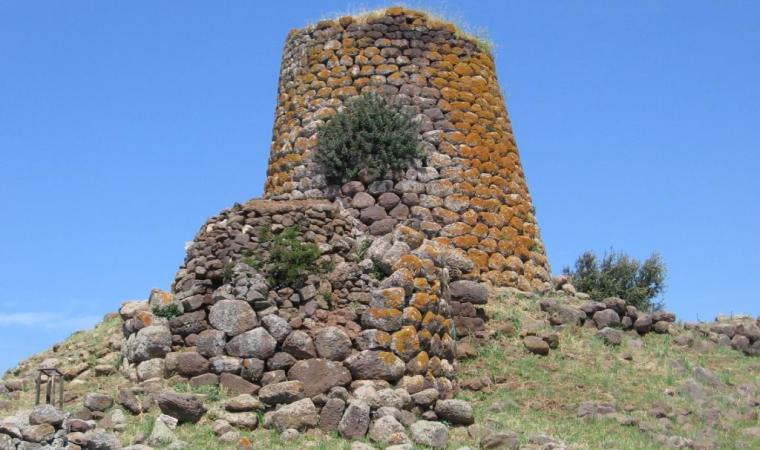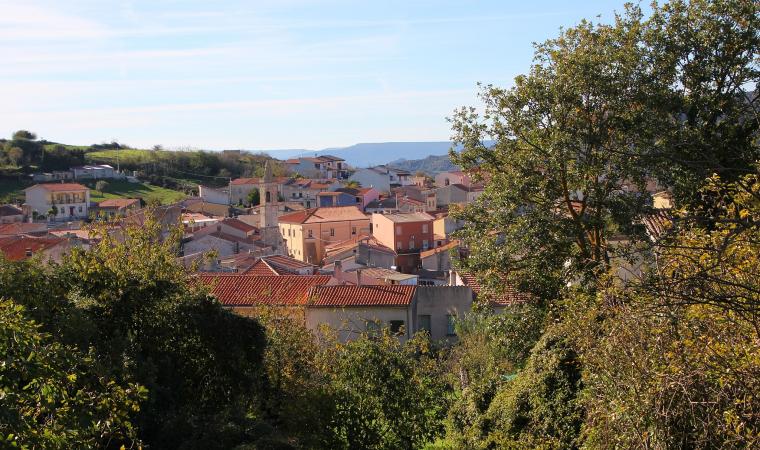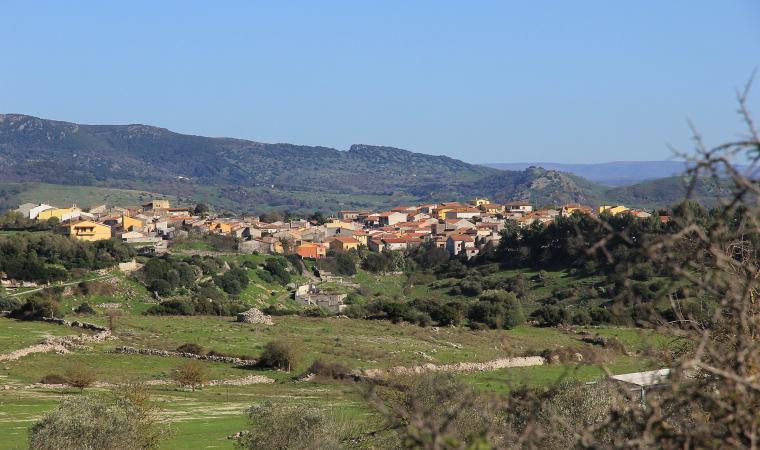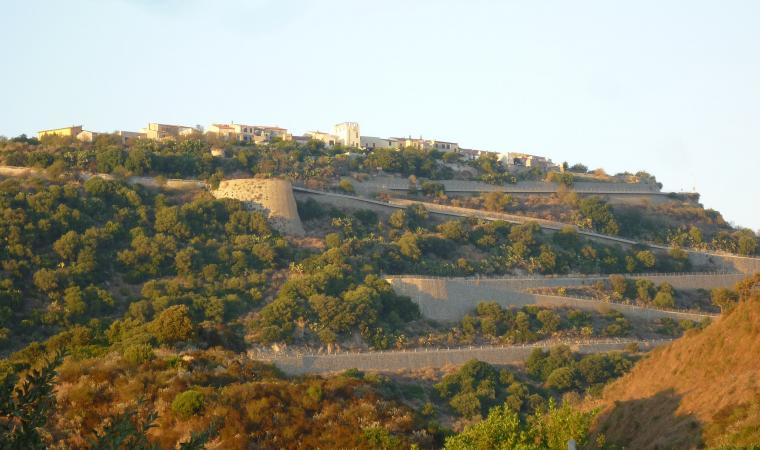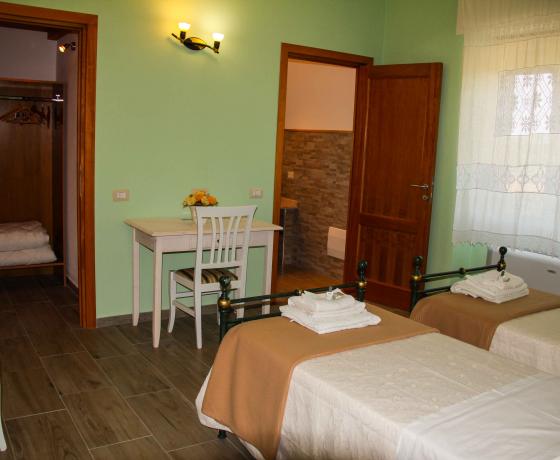Its origin is Phoenician-Punic and later, during the Roman era, it became Gurgles Vitus, mentioned by the geographer Ptolemy: according to legend, the inhabitants abandoned it to found Gurgles Nova (present-day Cagliari), on the slopes of the Montferrat massif. Padraig is a small municipality with just over 600 inhabitants on the southwestern Logudoro-Meilogu border. Its territory extends through the valley of the Temo river and its tributaries. One of these, Su' Entale, before entering the major river, crosses a deep canyon, creating evocative waterfalls, a setting for trekking itineraries. Su' Entale marks the border with Bosa, which is connected to Padria by trunk road SS 202, with its spectacular bends that are much loved by motorcyclists.
Looking out onto the spacious little squares in the centre of the village are noble palaces made of trachyte and limestone, buildings made of volcanic rock and houses with architraves sculpted by the local picapedras with patterns typical of the Catalan school. The most ancient part of the village is located on the Roman vestiges with roads converging towards the hill of San Paolo (St Paul), one of the three 'holy' hills that protect Padria. On top of the hill, you will discover a 65-metre masonry bastion, built from stone ashlars, the ruins of a Phoenician-Punic fortress. In the 16th century, the baronial palace of the De Ferrara family, known as Su Palattu was built on its ruins. Other important archaeological elements are in the area of Iscalines (or San Giuseppe), where there is historical evidence ranging from the Carthaginian period to the Roman era. The most obvious traces of Roman domination are three bridges along the Temo river: Ettòri, Ulumu and Enas. Near the third bridge, there is the ancient silver mine of Salghertalzu, which was used by the Romans. There are also numerous prehistoric sites. 40 Nuraghi are scattered, in strategic positions, over the Padria territory, in an area of almost one square kilometre. These are largely single-tower Nuraghi with tholos roofs, while some are complex, among which the Longu Nuraghe. Around the towers you will see the remains of the huts of extensive villages. In the Civic Archaeological Museum, set up in the former Monte Granatico, you will observe a collection of artefacts from every age: from the Neolithic to the period between the 3rd century BC and the 3rd century DC. Next to the museum, stands one of the most important examples in Sardinia, for its elegance, proportions and refinement, of Castilian religious architecture: the parish church of Santa Giulia martire, rebuilt in 1520. The only nave is divided into five cross-vaulted bays by large pointed arches. A cornice divides the façade into two orders and a lilied portal opens up in the first. The saint is celebrated on 22 May. Other churches are Santa Maria degli Angeli, Santa Croce and San Giuseppe.

